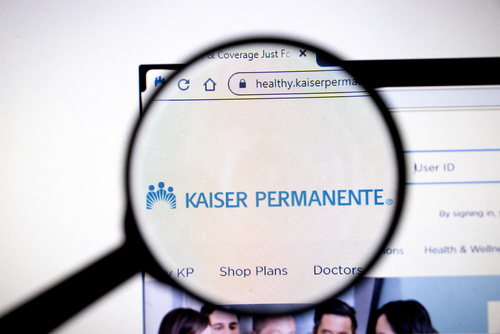How Long Do You Have To Have An Eating Disorder?
There are several different types of eating disorders listed in the Diagnostic and Statistical Manual of Mental Disorders, Fifth Edition (DSM-5), and each is categorized under the Disorder Class: Feeding and Eating Disorders. Eating disorders are neurological disorders that are loosely characterized by abnormal, irregular eating habits, and an extreme concern with one’s body weight or shape. The three most common eating disorders among adolescents are anorexia nervosa, bulimia nervosa, and binge-eating disorder (BED). Recent data estimates up to 24 million people of all ages and genders currently suffer from an eating disorder in the U.S., and 95% of those who have eating disorders are between the ages of 12 and 25. Eating disorders have the highest mortality rate of any mental illness, and experts assert that 13% of adolescents will develop an eating disorder by the age of 20.
What Does Treatment Look Like?
The goal of treatment for an individual diagnosed with an eating disorder is to help them find a healthy and sustainable relationship with food. Although eating disorders are life-long conditions, with proper treatment and support, a person can learn to effectively manage its symptoms. The treatment for an eating disorder will depend on several contributing factors, some of which include one’s exact diagnosis, how long he or she has been actively engaging in unhealthy eating habits, his or her personal health history, and the presence of any co-morbid disorders. The nuanced needs of a person diagnosed with an eating disorder will greatly inform his or her treatment plan. Most treatment plans for eating disorders will be customized and tailored to effectively accommodate all his or her mental health needs. Depending on the needs of the individual treatment plans could include any combination of the following:
- Individual psychotherapy
- Group therapy
- Family therapy
- Creative arts therapies
- Medical care and/ or medical monitoring
- Medications
- Nutritional counseling
Additionally, some treatment plans will include practicing and incorporating healthy activities into one’s daily schedule, such as mindfulness techniques (e.g., meditation, yoga, etc.) and/ or encouraging regular and ample sleep habits. Every person is different and will respond distinctly to the various therapeutic options available. Although there is currently no cure for eating disorders, effective treatment will help to provide an individual with healthy coping mechanisms and emotional strategies to enable them to go on to live a meaningful and fulfilling life. It is, however, important to note, that eating disorders are chronic conditions that require life-long treatment. The New York Times notes that early identification and intervention play a key role in treatment outcome and long-term recovery.
For Information and Support
Substance abuse and addiction can be incredibly dangerous and can result in severe short and long-term consequences. If you or someone you know is suffering from substance abuse or addiction, please get help as soon as possible. The earlier you seek support, the sooner you and your loved ones can return to leading happy, healthy, and fulfilling lives. There is no reason to go through this alone, and we are here to help. Please feel free to reach out to us for further information or with any questions regarding substance abuse or addiction. We are available anytime via telephone at: 213-389-9964, or you can always email us at: info@friendlyhousela.org.



